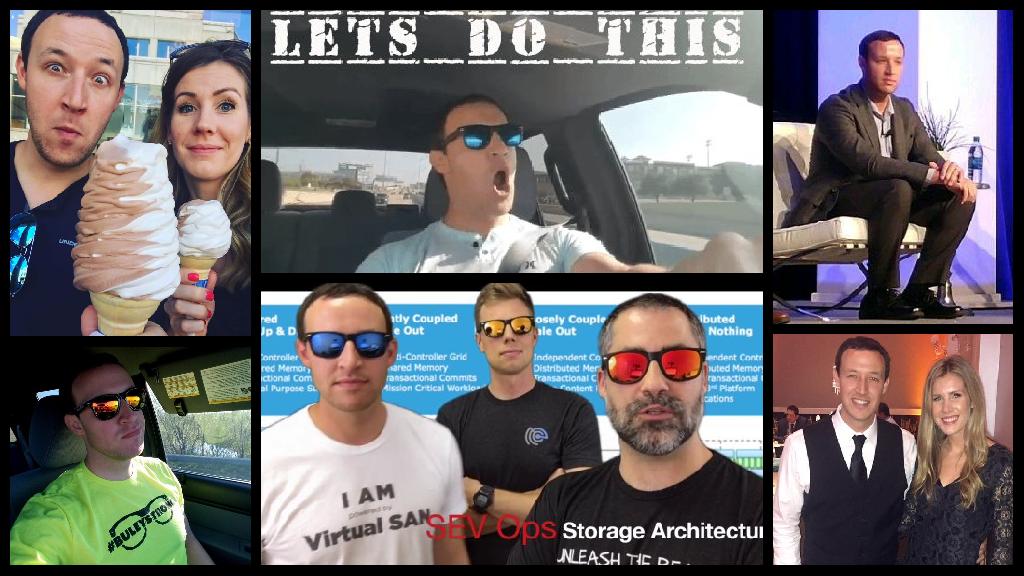At .NEXT 2018 Nutanix announced some big updates to their overall vision, but none are bigger than some of the below (for me, specifically). In particular, one of them gets me EXTREMELY excited!
Nutanix Xtract:
Introduced seven months ago for application migrations. Xtract has been used by hundreds of customers, over 12,000 migrations with mixes of small, medium, and large sizes with a significant portion being used for critical workloads in production. These migrations have happened across many different applications and operating environments spanning both Windows and Linux. That’s an update on where we have come from, so here is a look at where we are going…

Continuing with the theme of freedom of movement and application (or data) mobility you can expect to see this tool extended to enable public cloud migrations (meaning from AWS to AHV, see above), which will reduce the public cloud dependency. Of course, all of this being done with the 1-click simplicity that we just cant let go of… Why would we?
X-Ray:
Next we have updates to the infrastructure testing tool introduced last year by the name of X-Ray… and this is where things get fun so I am going back to the bullet points to paint the picture!
- Chaos Monkey for the enterprise cloud
- Support for ESXi, HyperV, and AHV
- Test Scenarios: Infrastructure Performance, Application Performance, Data Protection, Infrastructure Resiliancy, and Infrastructure Scalability
- Platforms: Simplivity, HyperFlex, vSAN (& VxRail), Storage Space Direct (New), Nutanix
- Last but not least: IT IS GOING OPEN SOURCE!!!!!!
X-Ray going Open Source is HUGE for the HCI community as testing distributed systems is quite different than your traditional stack, and it seems to cause quite a bit of needless bickering. No one trusts anyone else in anything they are testing (even if all settings are made public). Hopefully this tool being made Open Source will allow people to inspect the code, trust the code, and use the code in order for us to get some solid standardized testing going on that we so desperately need. Thank you Nutanix!
Good show boys. Until .NEXT year! 😉
Cheers!
Russ



